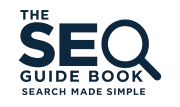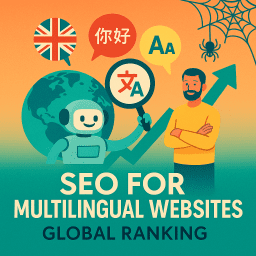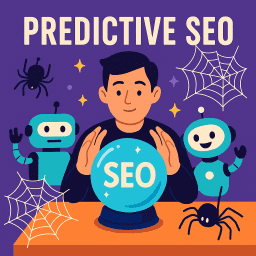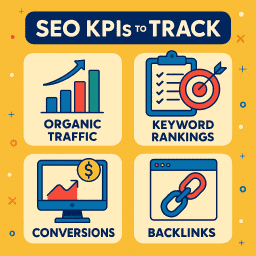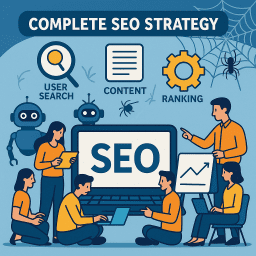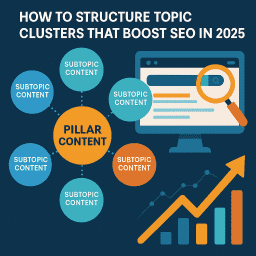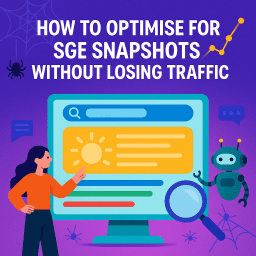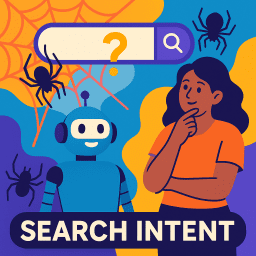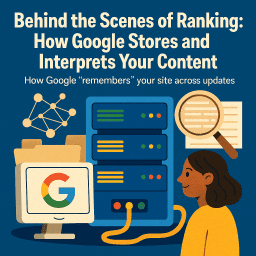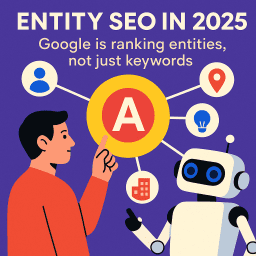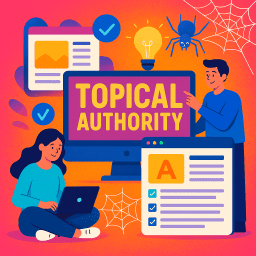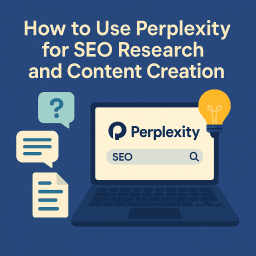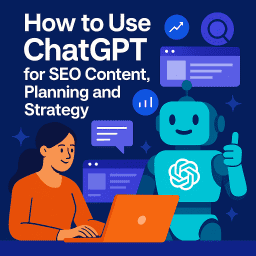SaaS SEO in 2025: Strategies That Turn Traffic Into Trials
Drive growth with SEO tailored to SaaS conversion funnels
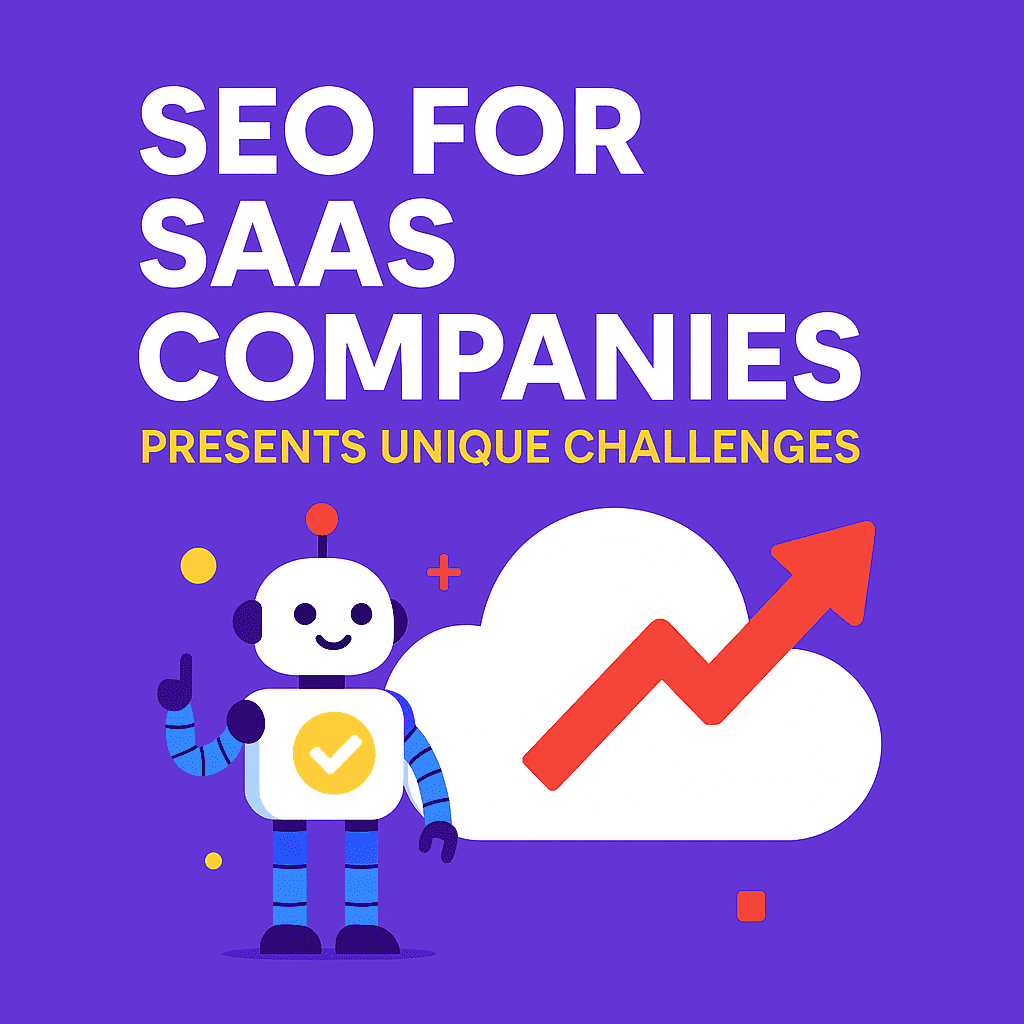
🔑 The SEO Formula That Grows SaaS Subscriptions
🚀 SEO for SaaS companies is a different beast. You’re not just selling a product—you’re selling a solution, a subscription, and often a long-term commitment. In 2025, Software-as-a-Service businesses face unique challenges in organic search: high competition, low intent on top-of-funnel content, and complex buyer journeys.
This guide breaks down what works in SaaS SEO today, how to structure your content strategy, and where most SaaS businesses go wrong.
🧩 What Makes SaaS SEO Different?
- Free trials or demos instead of direct purchases
- Subscription models (monthly/annual)
- Product-led growth (PLG) instead of sales-led
- Longer decision-making cycles with multiple stakeholders
That means SEO must work across the entire funnel—from awareness to conversion to retention.
🔍 Keyword Strategy for SaaS in 2025
1. Top-of-Funnel (ToFu): Awareness
- Blog posts, comparisons, and problem-focused queries
- Examples: “How to manage remote teams”, “best time-tracking tools”
2. Middle-of-Funnel (MoFu): Consideration
- Solution-aware, product-category terms
- Examples: “best CRM for real estate”, “HR SaaS platforms for SMEs”
3. Bottom-of-Funnel (BoFu): Purchase
- Branded and comparison queries, pricing pages
- Examples: “Monday.com vs Asana”, “ClickUp pricing”, “Basecamp reviews”
Pro tip: Use tools like Ahrefs, Semrush, and AnswerThePublic to find long-tail terms with transactional intent.
📄 Key Pages That Drive SaaS Conversions
- Pricing page – Must be fast, clear, and include FAQs, CTAs, and comparison anchors.
- Features pages – Each major feature should have its own URL targeting its use case.
- Use case pages – e.g., “Project Management for Marketing Teams”.
- Integrations pages – e.g., “Connect Slack with Trello” (great for search intent).
- Comparison pages – e.g., “Your Tool vs Competitor X”. These are gold for BoFu traffic.
- Case studies – Real proof helps drive conversions and E-E-A-T.
📦 Optimising Your Pricing Page for SEO
- Use a static, indexable URL:
/pricing - Include “Pricing” in your title tag and H1
- Break down plan features with schema markup
- Target “your brand + pricing” and “cheap/affordable [category] tool” queries
- Add comparison tables, FAQs, and clear CTAs
🔗 Internal Linking and Topic Clusters
SaaS sites should build content hubs around core features or buyer personas. Example cluster for a time-tracking SaaS:
- Pillar:
/time-tracking-software/ - Cluster:
/remote-teams-time-tracking,/freelancer-time-tracking,/time-tracking-vs-attendance
These should interlink intelligently to boost crawlability and relevance.
⚙️ Product-Led SEO: What Is It?
- Create demo videos that rank on YouTube and embed them in landing pages
- Turn product screenshots into GIFs and optimise image SEO
- Answer support tickets and queries through public help docs that rank
Example: Notion ranks for “how to make a kanban board” via its own tutorial pages and videos—without ever saying “buy now”.
💡 PLG SEO Tactics in 2025
- Use schema markup to feature plan tiers and FAQs
- Leverage your changelog (yes, it can rank!)
- Turn onboarding walkthroughs into indexed content
- Optimise your “academy” or learning hub with keyword-led content
💬 The Role of AI in SaaS SEO
- Structurally sound (H2s, bullet points, schema)
- Answer-focused (can it appear in AI overviews?)
- People-first (real examples, not fluff)
📈 Tracking the Right SaaS SEO KPIs
- Sign-ups from organic search (via GA4 + CRM)
- Trial-to-paid conversion rate by landing page
- Branded vs non-branded search traffic
- Keyword growth by funnel stage
- Churn reduction through educational content
📣 Link Building for SaaS: Quality Over Quantity
- Publish unique industry data or usage benchmarks
- Contribute to SaaS review roundups or expert blogs
- List on software directories (G2, Capterra, etc.)
- Do content swaps with integrations or partners
- Use HARO or Help a B2B Writer for authority backlinks
🧠 What the Experts Are Saying
“SaaS SEO isn’t about ranking first—it’s about ranking smart. Each keyword must map to your funnel.” — Benji Hyam (Grow & Convert)
“Comparison pages are the highest converting pages in SaaS—ignore them at your peril.” — Elise Dopson
“SEO for SaaS is full-funnel content strategy powered by product insights.” — Bernard Huang (Clearscope)
📝 Recap and Clarify: Page-Specific FAQs
What’s the best content type for SaaS SEO?
Use case pages, feature pages, and comparison content tend to perform best—especially when supported by blogs and cluster content.
Should my pricing page be SEO optimised?
Yes. In SaaS, the pricing page is a major decision point and frequently searched. It must be indexable and conversion-focused.
How do I rank in competitive SaaS niches?
Focus on long-tail, low-competition terms, optimise for BoFu intent, and build trust through thought leadership and partnerships.
💬 Final Thought
“SaaS SEO is a blend of content strategy, user empathy, and product education. Get that right—and you’ll turn searchers into subscribers.” — David Roche
